Log in or create new account to save this product to your wishlist.
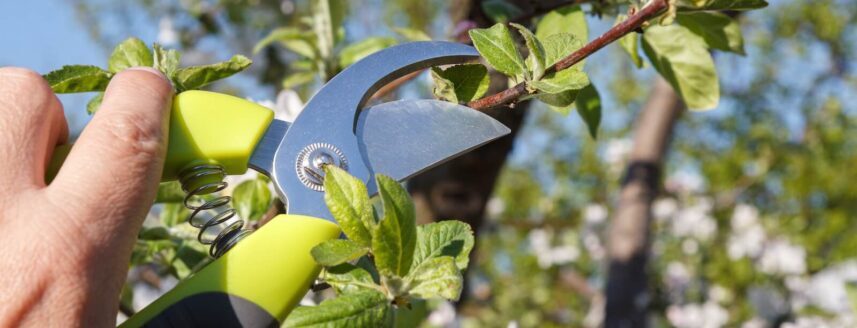
A Guide To Pruning Plum Trees: Why, When & How
A complete guide to pruning plum trees. Learn the right pruning techniques to keep your tree healthy and ensure a bountiful harvest.
🌱 All important maintenance moments for your lawn during the year. Leave your email and we will send you the lawn calendar for free.
Enter your email
Receive the lawn calendar in the mail
Enjoy a green lawn all year round!

- Order by 2PM = shipped today
- 250.000+ satisfied customers!
- 60 day satisfaction guarantee
With a plum tree in your garden, you can look forward to deliciously juicy plums, ripe for the picking. But to keep your tree in top condition and ensure that it produces tasty fruit year after year, pruning plum trees is an important task. Regular pruning will encourage strong, balanced growth, resulting in a larger yield and longer lifespan for your plum tree.
- Why pruning plum trees is important
- When to prune plum trees in the UK?
- How to prune a plum tree step by step
- Flowering and fruiting
- The right tools for pruning plum trees
- Silver leaf disease
- Protect your plums from pests
- Plum tree pruning FAQ
- Enjoy a healthy and fertile plum tree
Why pruning plum trees is important
- Promotes health: By pruning your plum tree regularly, you can remove diseased, damaged, or dead branches. This will prevent the spread of illness and improve the overall health of the tree.
- Looks great: Proper pruning will give your tree a strong structure and make it more resistant to wind and the weight of the fruit, while at the same time maintaining an attractive shape.
- Preventing mould: By keeping the crown open, you reduce the chance of fungal diseases such as the dreaded silver leaf fungus, which can lead to the death of branches.
- Boosting fertility: A well-pruned specimen receives more sunlight and air circulation in the crown. This leads to more and better quality plums at harvest.
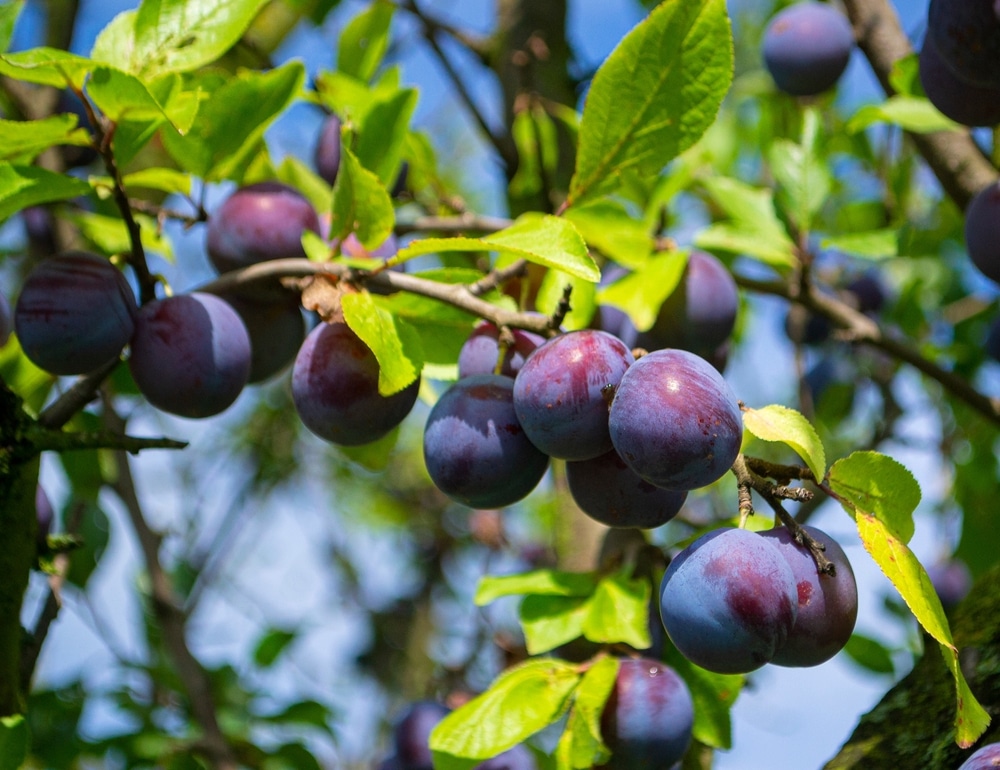
When to prune plum trees in the UK?
Are you wondering when to prune plum trees in the UK? Knowing the specifics can make a significant difference.
Unlike many other fruit trees, such as apples and pears, it is not advisable to prune a plum tree in winter. The ideal time to take care of your plum tree is therefore in late summer, after harvest but before autumn begins. The months of August and September are perfect because the risk of fungal infections is then the smallest.
For young plum trees up to three years old, however, light pruning is recommended in early spring, around April. This prevents diseases and makes it easier to spot the flower buds, so you don’t remove fruit-bearing wood.
How to prune a plum tree step by step
Now that you know when to cut back plum trees, you can start the pruning. The best method for pruning your plum tree depends on the age of the tree. Below you will find a detailed guide to the different life stages of plum trees:
Pruning young plum trees (0-3 years)
The first three to five years are crucial for the formation of a healthy plum tree.
- After planting
Cut off part of the top of the new tree, just above a bud. Use wound dressing to prevent infections.
- Choose the main branches
During the dormant period, select four vigorous branches, two on each side of the trunk, at different heights. You can prune away the remaining branches of your pear tree. Then cut back the chosen branches until only one or two flower buds remain. Make sure the last knob is facing outwards for an open crown shape.
- Form the main branches
These four main branches, which are pruned at different heights, form the base of your plum tree. They should ideally be at a 45-degree angle to the trunk.
- Annual pruning
In the following years, select four healthy branches additionally to the previous branches. You can then prune the top of the pear tree back 30-60 cm annually to maintain its shape. The main branches of a healthy young plum tree, on the other hand, can be pruned back 1/3 annually.
- Repeat
Keep repeating steps 2 and 3 until the tree reaches the desired height. Moreover, remove crossing, weak, and diseased branches.
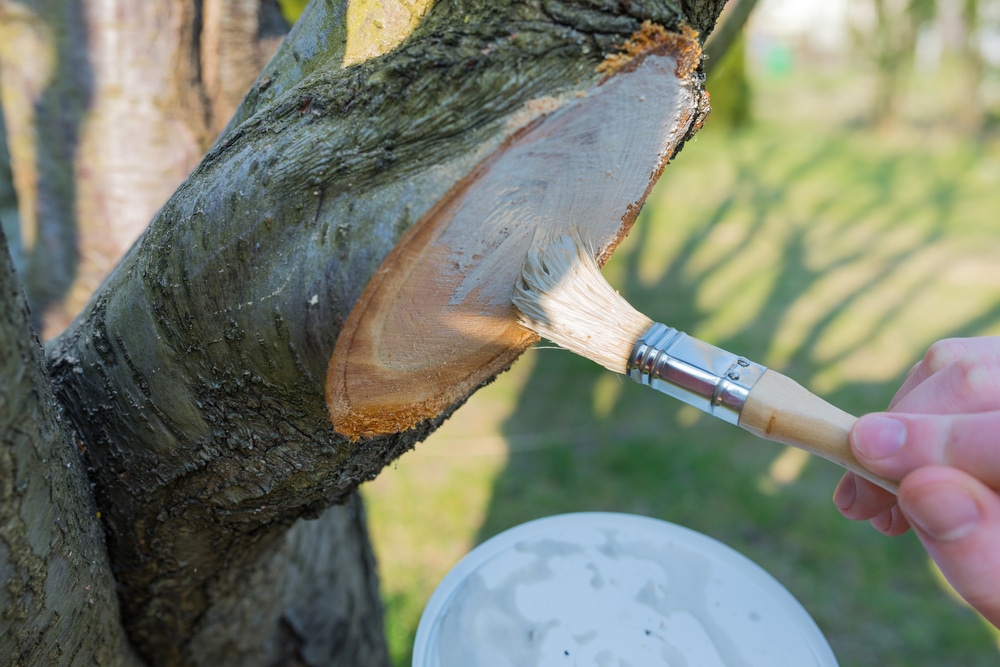
Pruning adult plum trees (3+ years)
Once your plum tree is mature, you’ll want to leave it alone to produce fruit. Here’s how to prune:
- Remove water shoots: Prune away only the slender, upright ‘water shoots’ and unwanted or diseased branches.
- Work from the bottom up: Start by pruning away the bottom dead and damaged branches of your plum tree, working your way further up, as far away from the trunk as possible.
Pruning a wild plum tree
A neglected plum tree is fragile, so it’s not wise to drastically prune it back all at once. Therefore, spread the process over about two years so that you never have to prune back the plum tree more than a maximum of a third at a time. A one-metre branch can therefore be pruned to a maximum of 33 cm.
Flowering and fruiting
The flowering time of your plum tree will depend on the specific variety, but in general, it is one of the first fruit trees to bloom in the spring, sometimes as early as March. The amount of blossom that a plum tree produces indicates what you can expect from the harvest.
Protect the blossoms from possible night frost by covering them with a fleece. After flowering, leaf growth begins, and depending on the variety, you can enjoy juicy, sweet plums between mid-July and the end of September.
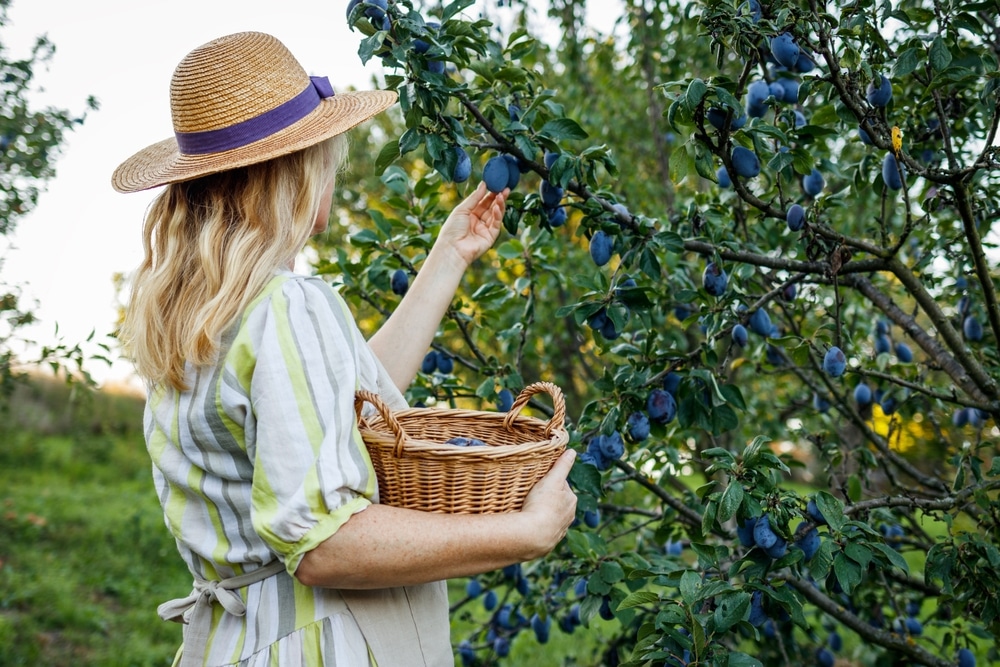
If, after pruning your plum tree correctly, you notice that it is suddenly not bearing fruit, it could be due to several reasons. Perhaps the tree produced too much fruit the year before and needs to recover now. Too little moisture at the roots or a late spring night can also affect the blossoms.
The right tools for pruning plum trees
To be able to prune your plum tree precisely and efficiently, you need sharp and clean tools. Compact pruning shears are perfect for small branches, while loppers or even a small pruning saw are needed for thicker branches.
Sharp tools ensure smaller pruning wounds and less strain on the tree, which significantly reduces the risk of diseases and infections. It is therefore a smart investment to purchase high-quality pruning equipment for a healthy and productive plum tree.
Silver leaf disease
Silver leaf fungus is a persistent disease that is almost impossible to control and can penetrate deep into the wood of the plum tree. You can recognise it by the silver shine colour on the leaves.
If your tree is infested, it is important to immediately prune away all affected branches and mouldy fruits from your plum tree to prevent further spread. Don’t forget to sterilise your pruning tools and use wound coverings after pruning an infested tree.
Protect your plums from pests
To look forward to a bountiful harvest of juicy, delicious plums, it is advisable to protect your tree from the plum moth and plum aphid. These pests are usually most active in June and July.
The underside of the leaves can then be completely covered with aphids in a powdery wax layer, while the plum moth causes worms in the fruit. Be proactive and regularly check for visible pests in your plum tree or plums. This is the only way you can take the right measures to secure your harvest.
Plum tree pruning FAQ
Pruning a plum tree is best done in autumn, to avoid the spread of fungal disease. Young plum trees, however, should be trimmed in early spring. Remove dead, diseased and intersecting branches. Thin out the crown to allow light and air to pass through, and promote strong, healthy growth.
After how many years a plum tree produces fruit depends on the variety and growing conditions. This is usually between three and six years. Proper care and proper pruning of the plum tree can speed up and improve fruiting.
If your plum tree isn’t thriving due to insufficient pollination, poor weather conditions, or lack of nutrients, it may not be bearing fruit. Provide proper care and a suitable pollinator nearby to improve fruiting.
Enjoy a healthy and fertile plum tree
By pruning your plum tree in the right way and at the right time, you ensure that it will produce a rich harvest of delicious plums for years to come. Remember the crucial times: prune young trees in early spring and mature specimens after harvest in August or September. Choose the right method according to its age, use sharp tools, and give your tree the necessary nutrition and protection.
Do you have any other fruit trees in the garden that you want to guarantee a good harvest? Then find out everything you need to know, pruning apple trees and fig trees. Or, if you have shrubs, you can get started with our guides to pruning strawberries and raspberries.
Do you have any questions or would you like more gardening advice? Please let us know in the comments section below!
Happy pruning!
-
Orchids: A Complete Guide on How to Care for ThemWant to give your orchid the best possible care? Discover essential tips from placement to watering and pruning. Learn everything you need to know!Read more
-
Growing Wisteria Made Simple: From Planting to Perfect BloomsWith blossoms like a purple waterfall, Wisteria sets an almost magical and colourful mood. If you want to grow this beauty in your garden, you’ll need a bit of patience. Don’t worry, it will most definitely pay off.Read more
-
How to Build a DIY Greenhouse: A Practical Guide for Smart SpendersImagine extending your growing season throughout the year, nurturing tender plants regardless of the weather, and creating a personal garden sanctuary. This is precisely what a DIY greenhouse offers you. Let’s learn how to build one.Read more
-
How to Grow Eucalyptus in British GardensWith a little love and care, eucalyptus trees can thrive in English gardens. Since they don’t germinate well without proper help, there are not considered invasive. So, there is no reason not to plant them if you enjoy their looks.Read more
-
Transform Your Garden with All-Year-Round Flowering PlantsDid you know you can enjoy blooming flowers even in January? With the right selection of all year round plants, there’s no need to wait until spring to add some colour to your garden.Read more
-
How to Create a Butterfly Garden: A Simple Guide for British GardensThe UK's butterfly population includes 59 different species. These beautiful winged creatures face a steady decline because of habitat loss, pollution and changing weather patterns. Your garden can become a vital link between nature reserves and natural habitats. Let’s explore how.Read more
-
Volcanic Rock Dust for Your Garden—Application and TipsDid you know that volcanic rock dust is a brilliant organic soil improver? This article explains exactly what it's good for and how to use it properly.Read more
-
How to Use Landscape Fabric ProperlyIf weeds or erosion in your garden are troubling you, landscape fabric might be the solution. We’ll explain how and when to use it properly, just keep on reading.Read more
Leave a comment
Your answer will be displayed on the site and the interested party will be notified by email.
Leave a comment
Have a question or want to share your experience? Leave us a comment.

- Order by 2PM = shipped today
- 250.000+ satisfied customers!
- 60 day satisfaction guarantee

- Order by 2PM = shipped today
- 250.000+ satisfied customers!
- 60 day satisfaction guarantee

🌱 All important maintenance moments for your lawn during the year. Leave your email and we will send you the lawn calendar for free.
Enter your email
Receive the lawn calendar in the mail
Enjoy a green lawn all year round!


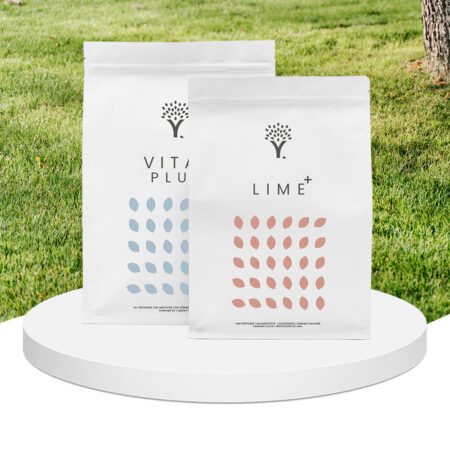



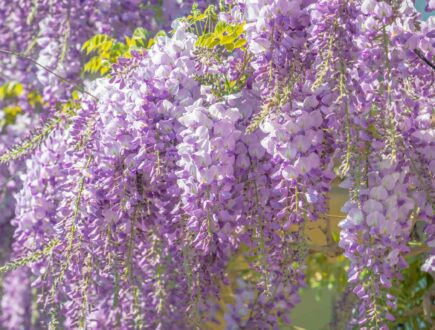








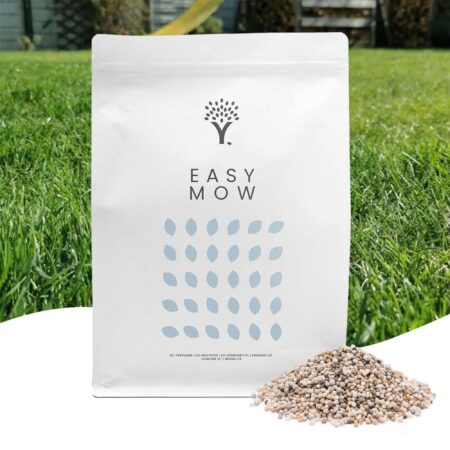
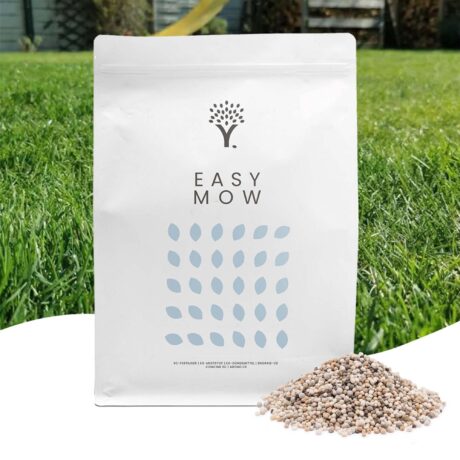





Comments (0)
There are no comments yet. Well then, what are you waiting for to
Be the first to write your comment!inaugurate this pretty page?
Do you have some comments?